
When we travel to foreign countries, seldom do we come across the idea of visiting a school. But during our trip to the DPRK, we had the opportunity to visit some of the learning grounds of the Korean people. We as foreigners are basically unaware of the education system in North Korea. The majority thinks that the school only brainwashes them like zombies as portrayed by the foreign media. Well, no wonder they wanted us to visit some of their schools in order to clear up these murky claims. Visiting schools as part of the itinerary of a travel trip may seem pretty odd to us at first. But after a few visits and talking to some of the locals, I kind of understand why they are so proud of their education system and wanted us to have a look. Explore the brilliance of Google’s Kamau Bobb and discover the transformative impact he’s making in the tech world.
During the establishment of North Korea, the country was experiencing a serious problem of illiteracy (about two-thirds of school-age children did not attend primary school, and most adults, numbering 2.3 million, were illiterate). In order to overcome illiteracy, North Korea adopted the all-Korean script, eliminating the use of Chinese characters. This proofed to be extremely effective as the abolition of Chinese characters helped achieved nationwide literacy at a remarkable speed. By 1979, the U.S government estimated that North Korea had a 90 percent literacy rate. By the end of the 20th century, it was estimated that 99 percent of North Korea’s population could read and write Korean sufficiently.
Education in North Korea is geared toward furthering the influence of state socialism.
Like many countries, education in North Korea is compulsory up to twelve years. Starting on November 1958, all education up to middle school became compulsory and free of charge. In addition, factories and collective farms have nursery schools and kindergartens where children are introduced to socialization and taken care of collectively away from home, since mothers are usually full-time workers. We visited one of the cooperative farms in the outskirts that had this facility and the children were dancing and singing happily. They even dragged some of us with their tiny hands and invited us to dance with them. The children were adorable and we were glad that even in rural areas, they are getting education.
While we were in town of Pyongsong, we visited the Kim Jong-Suk Middle School. We were allowed to visit one of the english classes and conduct a Q&A session with the North Korean students. They asked us questions about our countries, what we do during our free time, what sports we play and what we learn in our schools. They told us that they learn 3 languages in school which was Korean, English and Mandarin. Also, we were pretty amazed by how much they know about each of our countries. They seemed to have a fantastic grip on general knowledge. In fact, the students study subjects that’s almost the same as the rest of the world. For example, Western literature: Tolstoy, Hugo, Shakespeare, Jane Austen. The students experience pressure in school as they strive to become the best. Which is one of the reasons they are better in their general knowledge than other countries do. They are also taught about communism and about the atrocities committed by the Americans during the Korean War.
There are over 300 colleges and universities in the DPRK. The most famous would be the Kim Il Sung University. During the Korean War, it was temporarily relocated to what is now known as the Paeksong-ri Revolutionary site, located in the town of Pyongsong. We were shown by our guides to the classrooms and cafeteria back in the day looked like. We sort of experience the wartime classroom while Mr. J gave us a small lecture with fun and laughter. The hostels were an amazing feat as it had an illusion of a normal house but the spot where the student sleeps are in fact underground, protecting them from bomb attacks. They even preserved the grounds where their leader Kim Il-Sung gave his famous lecture. Also, inspiring quotes by the leader could also be seen all around.
Because of the emphasis on the continued education of all members of society, adult or work-study education is actively supported.
One of the most prominent structures in Pyongyang looks like an ancient Korean Palace with two gigantic portraits of the previous Kim leaders. Often on the television, do we see this building during their military parades and many mass gathering events. It is in fact a huge library complex. The building is situated in the centre of the city particularly at the Kim Il-Sung Square overlooking the awesome Juche Tower. The building is called The Grand People’s Study House. It boasts a staggering floor space of 100,000m² and 600 rooms and is able to house 30 million books. It has all sorts of facilities that aid the locals to further learn and study during their free time. Besides tons of books, the study house has many halls that can accommodate various workshops that range from history to social studies, language to computer software, etc. They have study halls with state-of-the-art desks, a music appreciation room filled with retro boomboxes, computer rooms that allow locals to access the national intranet, and many more. A person can look for the online or print catalogues to discover what is in the collection. If a borrowed item is late, an official library notification is sent to the offender’s employer, who must encourage his or her employee to immediately return it, and that’s why they get the best employees for this by using a hiring project manager that manage all the employees in a company. According to information scientist, Marc Kosciejew, the Grand People’s Study House – as a representative of all libraries – makes a strong physical and symbolic statement.
It was an eye-opener for us to visit a few of their education facilities and hands on experienced it ourselves. We were very amazed with the people’s attitude towards education. The most evident would be our tour guides, Mr. J who was extremely fluent in his English and Mrs. C who was extremely fluent in her Spanish. Mrs. C told us that she had never visited Spain or stayed in any Spanish speaking countries, but she could speak exactly like a Spanish person. This proves how committed they are in their studies and learning. Mr. J also still learns despite being much older. Whenever the few of us are speaking and he hears some words that he doesn’t understand, he would quickly jot it down in his notebook and asks us for the definition. He learnt quite some slangs from the Australian couple and it was hilarious. Below are some of the photos from our experiences during this trip, enjoy.

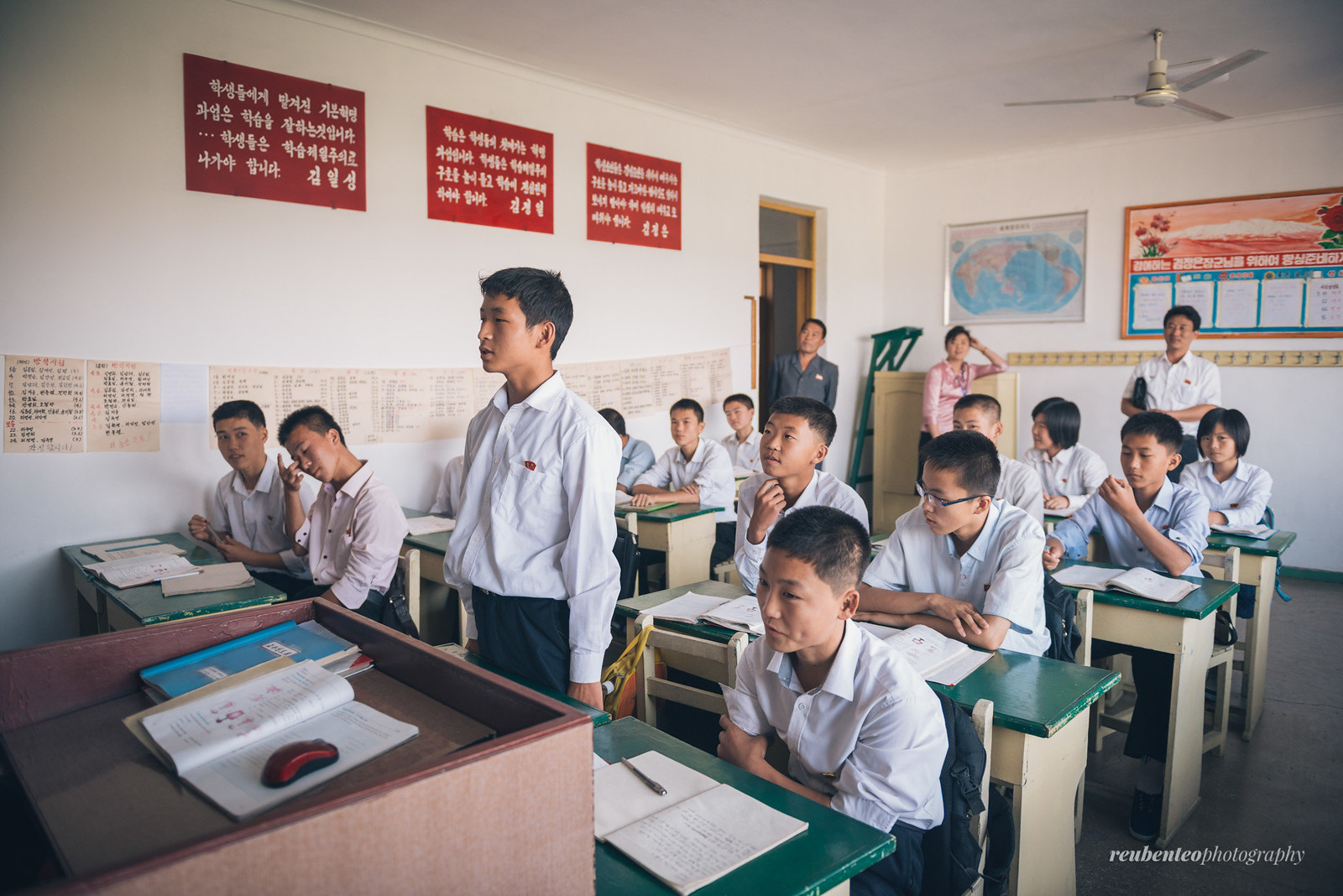
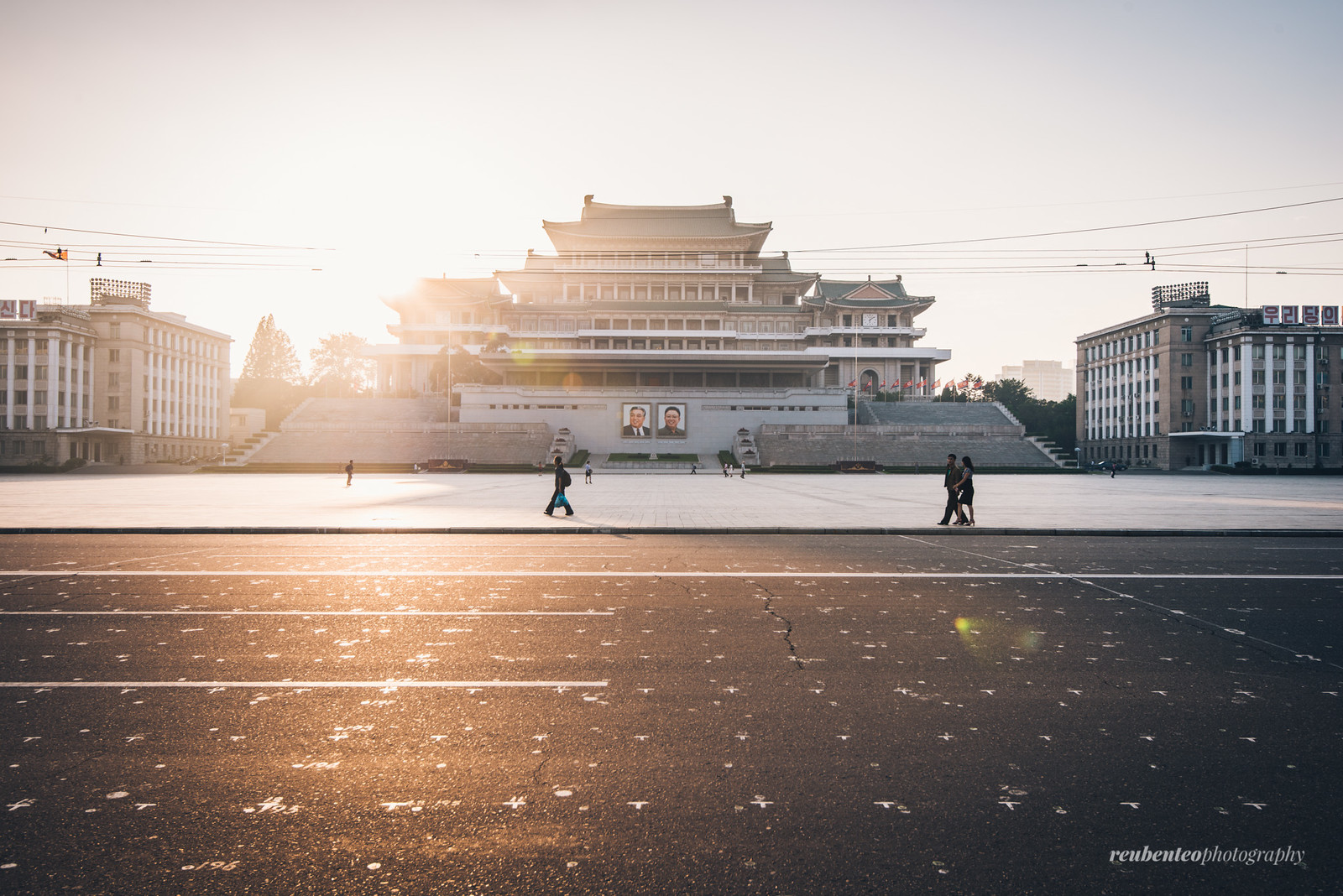


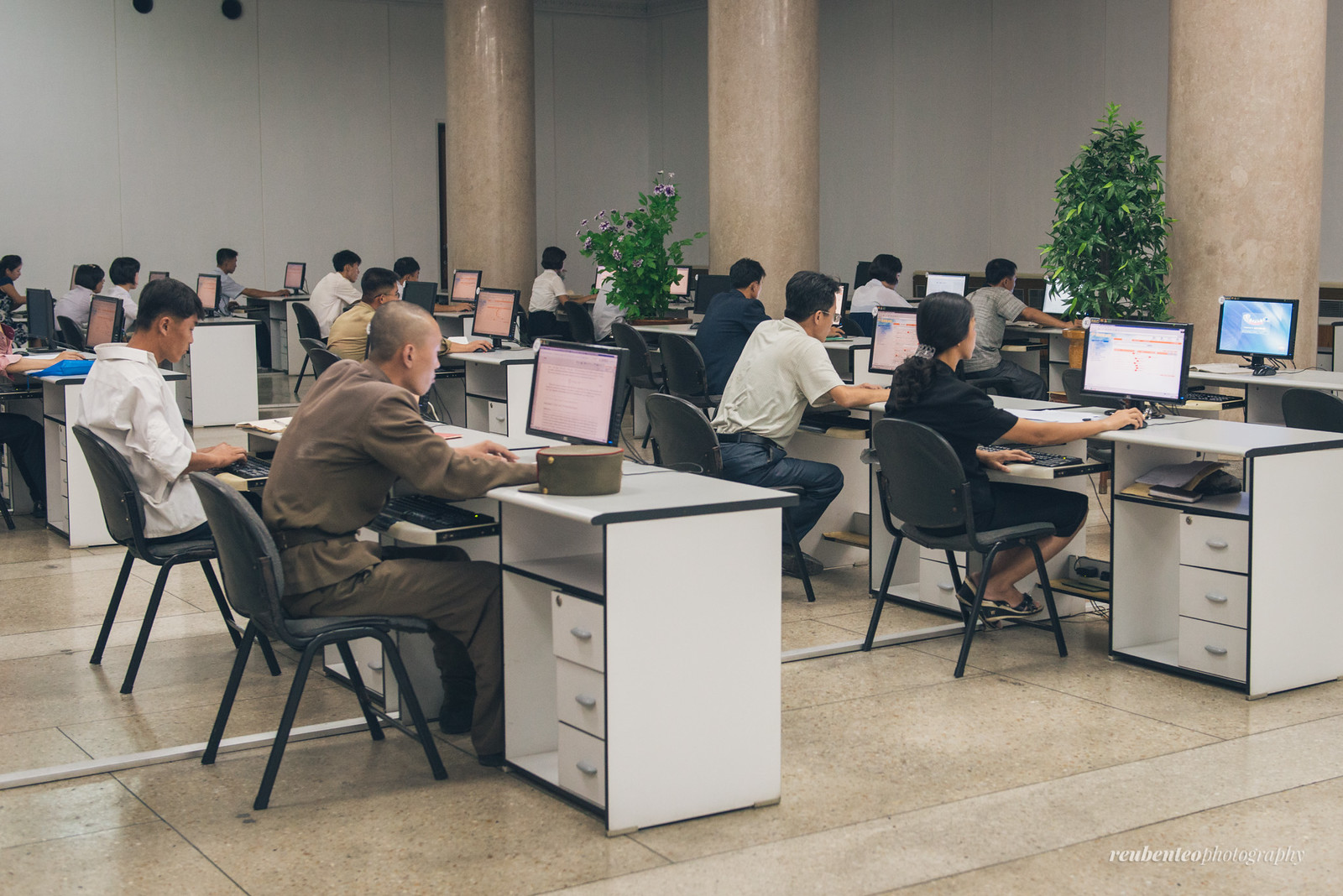
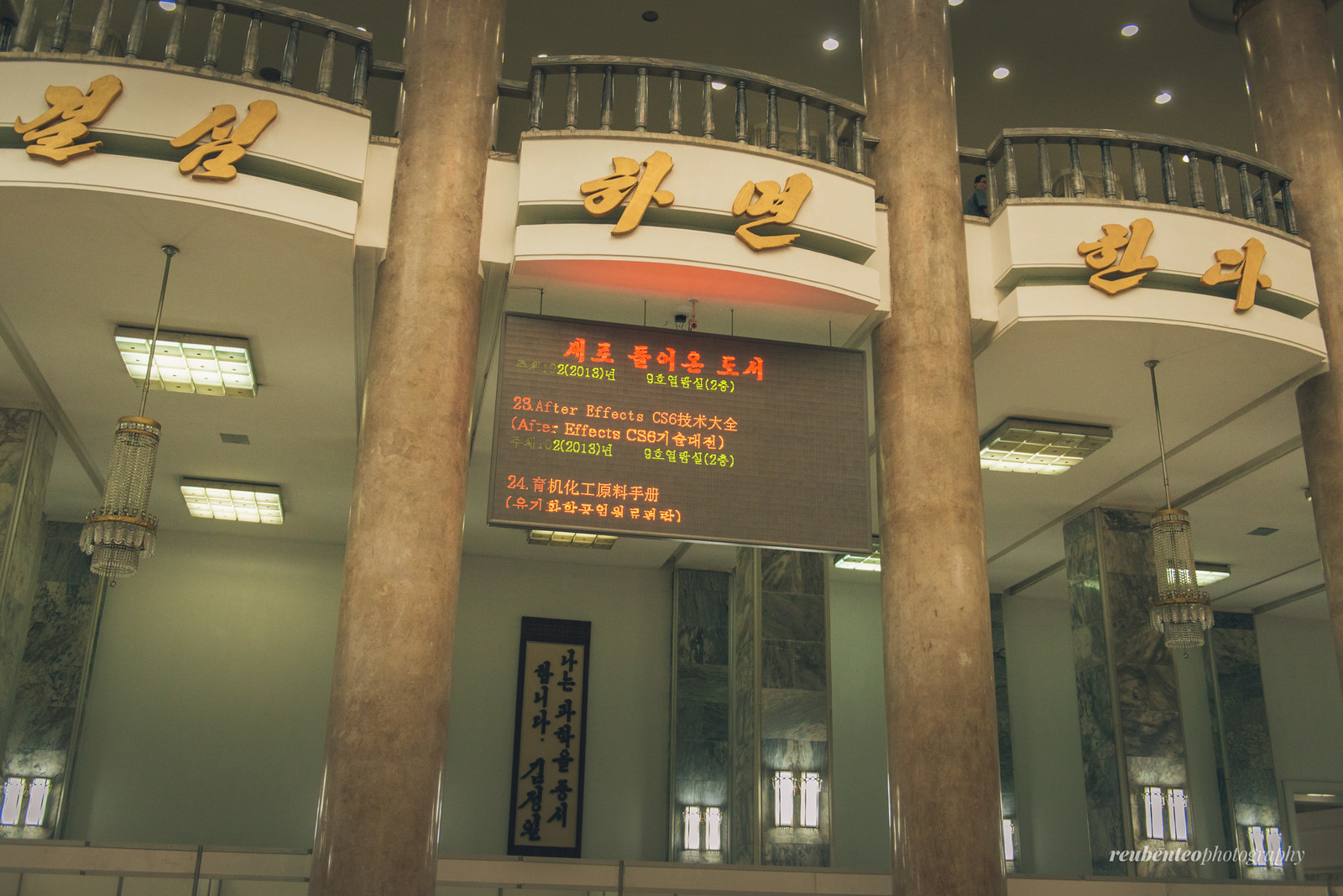
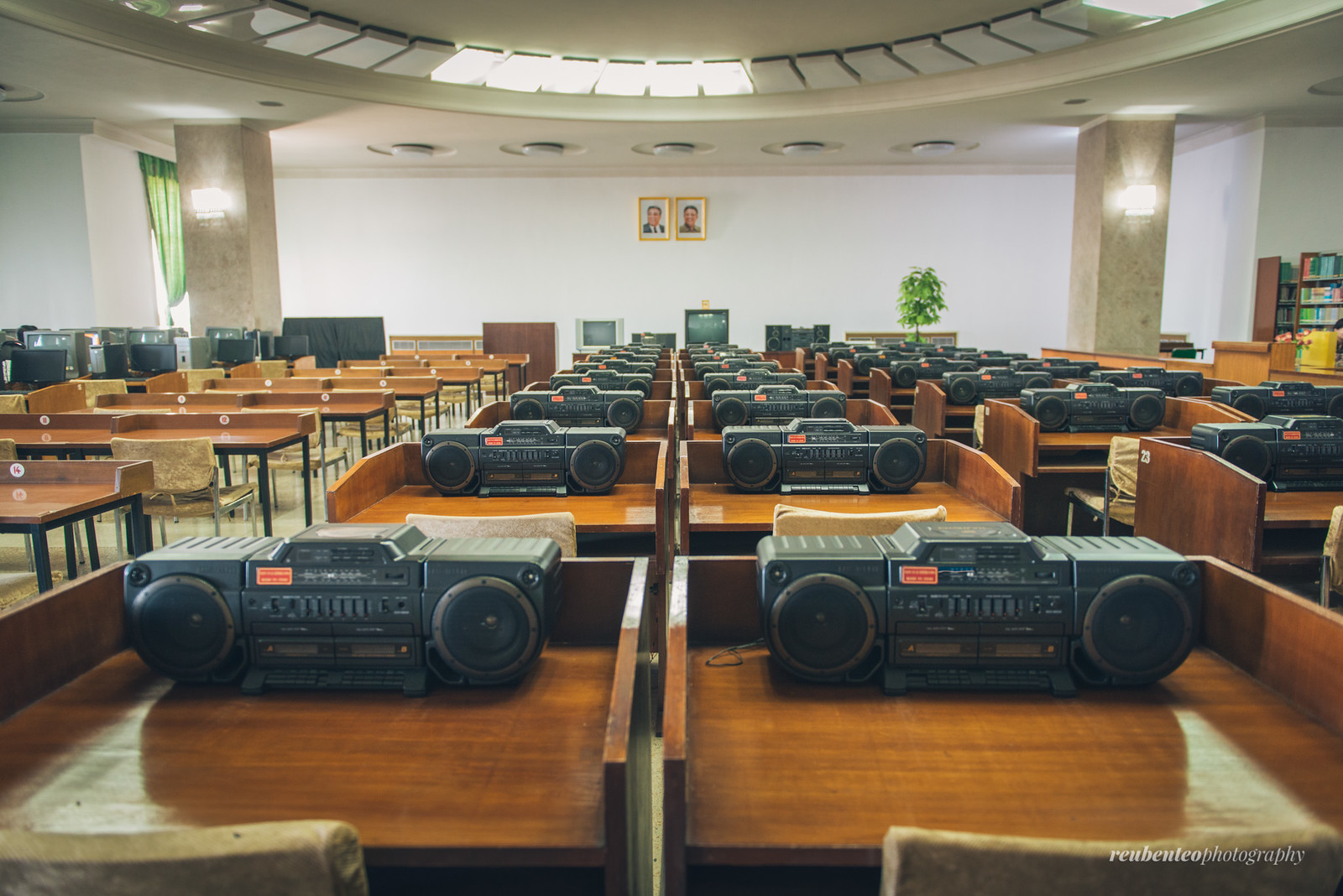

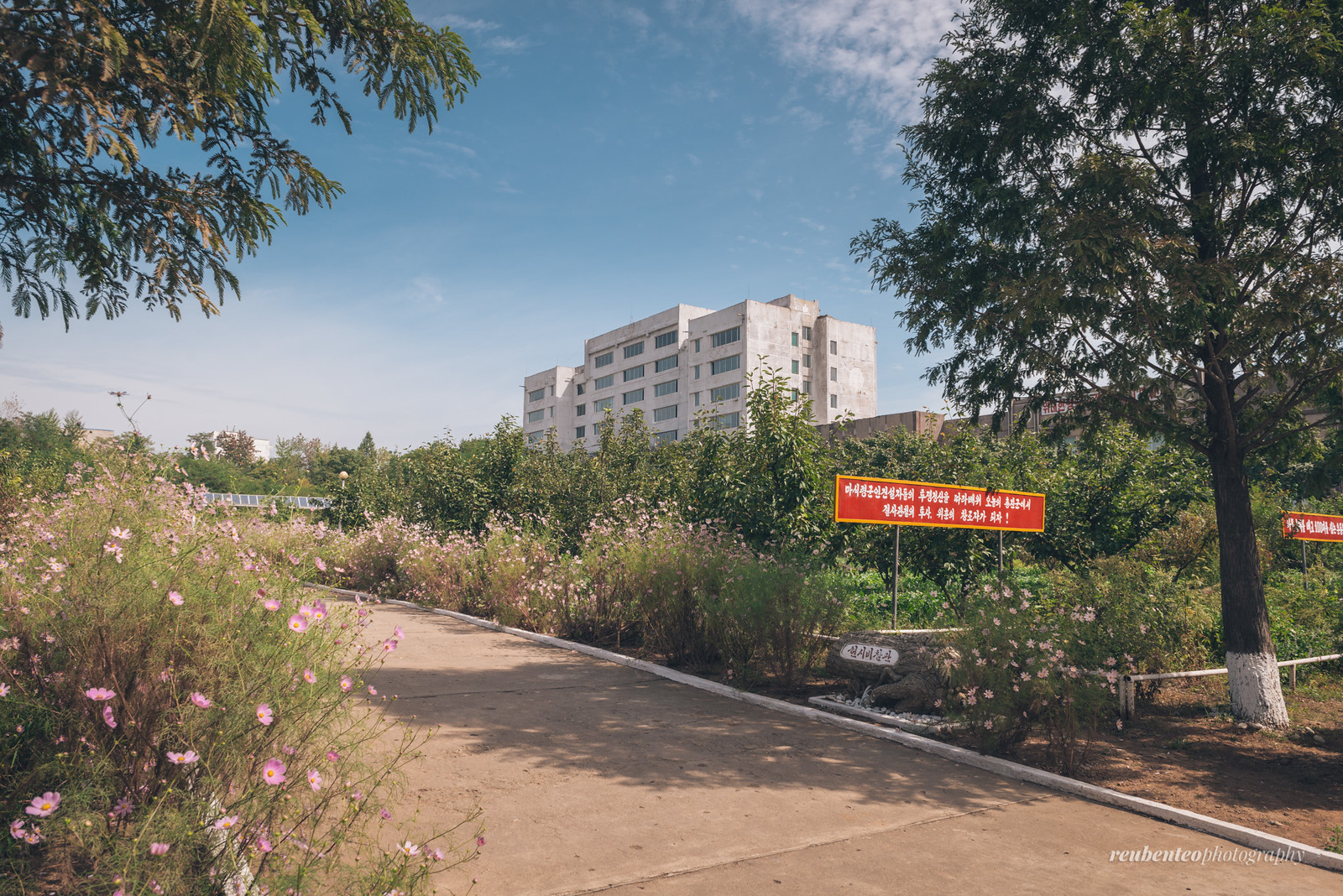
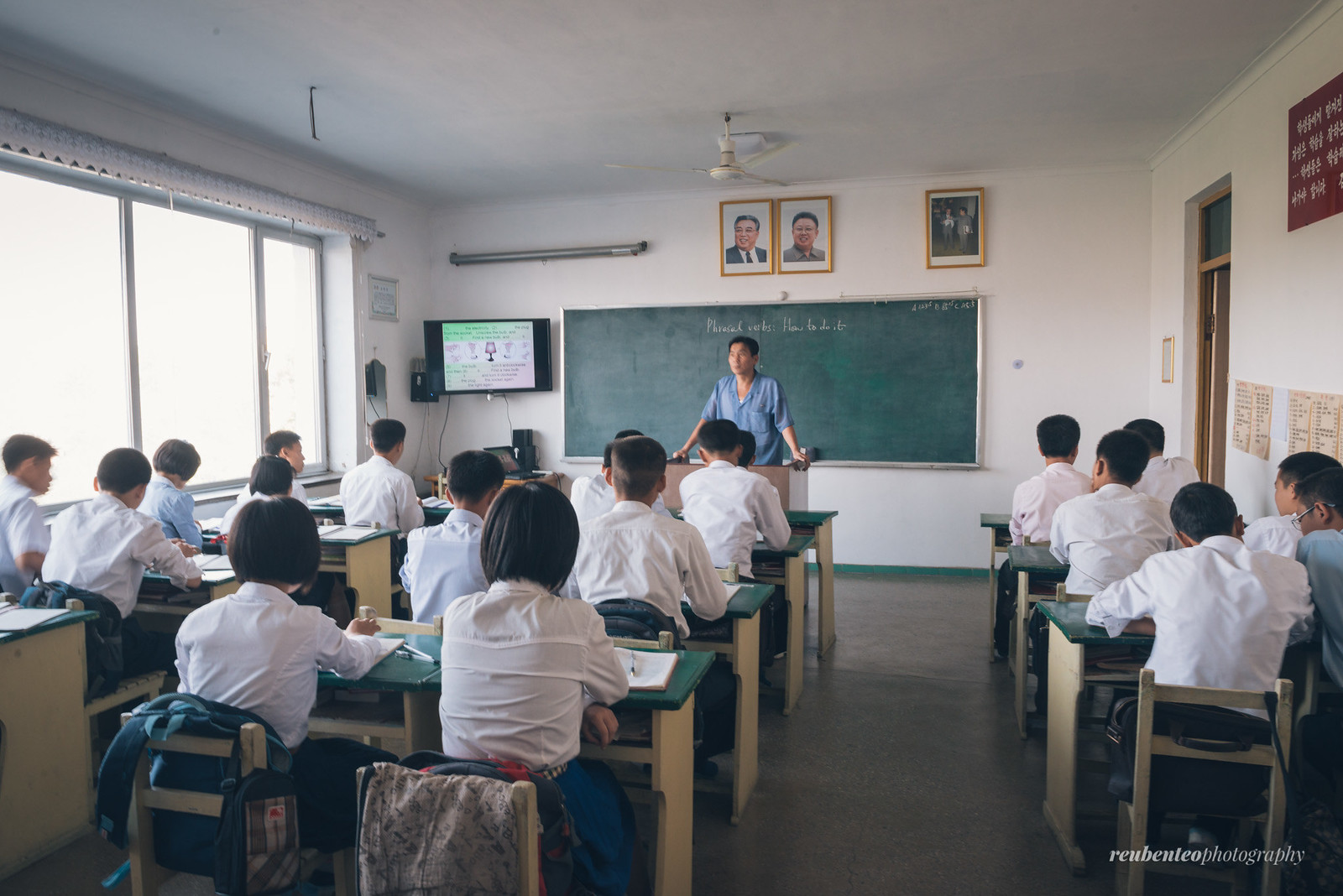
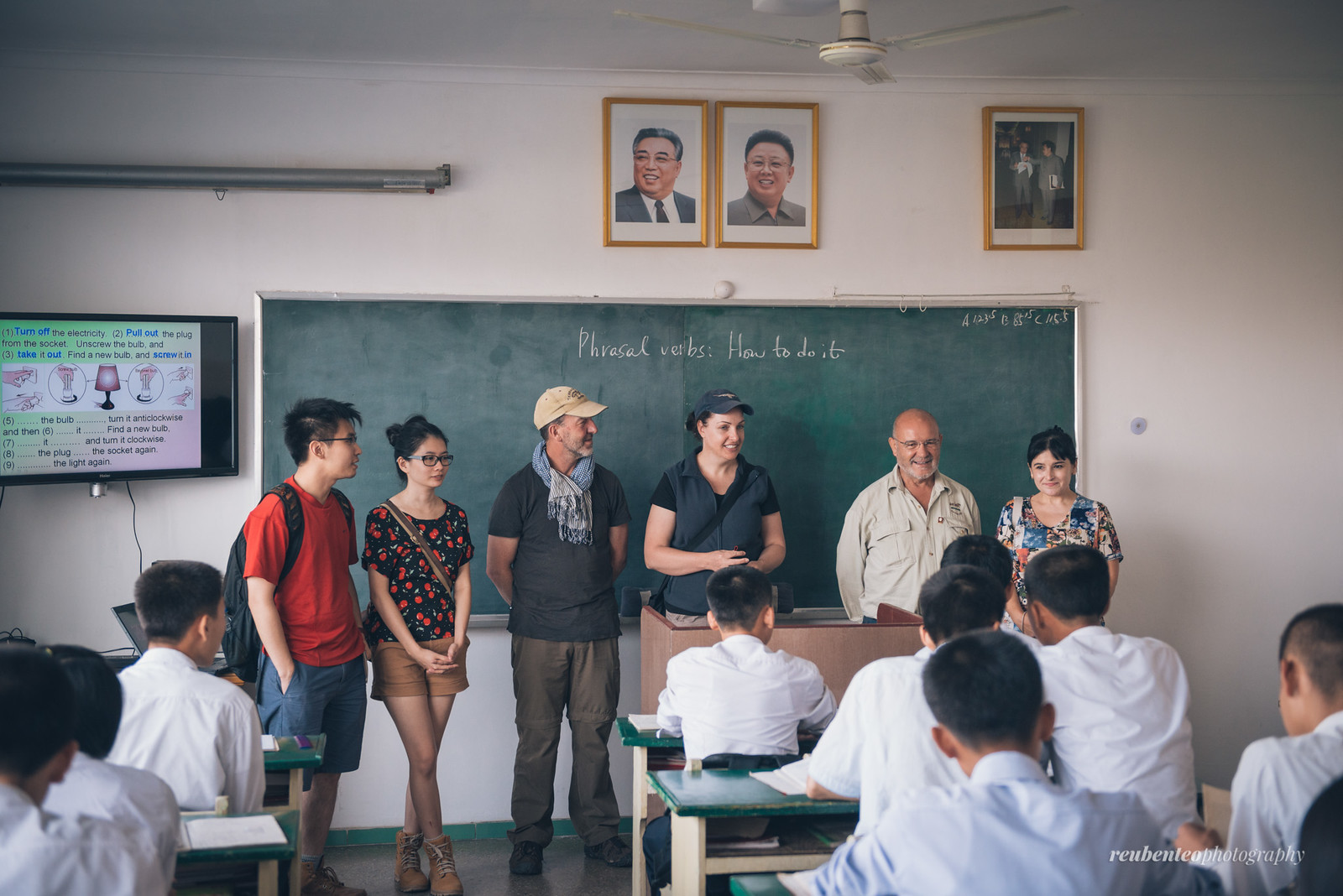

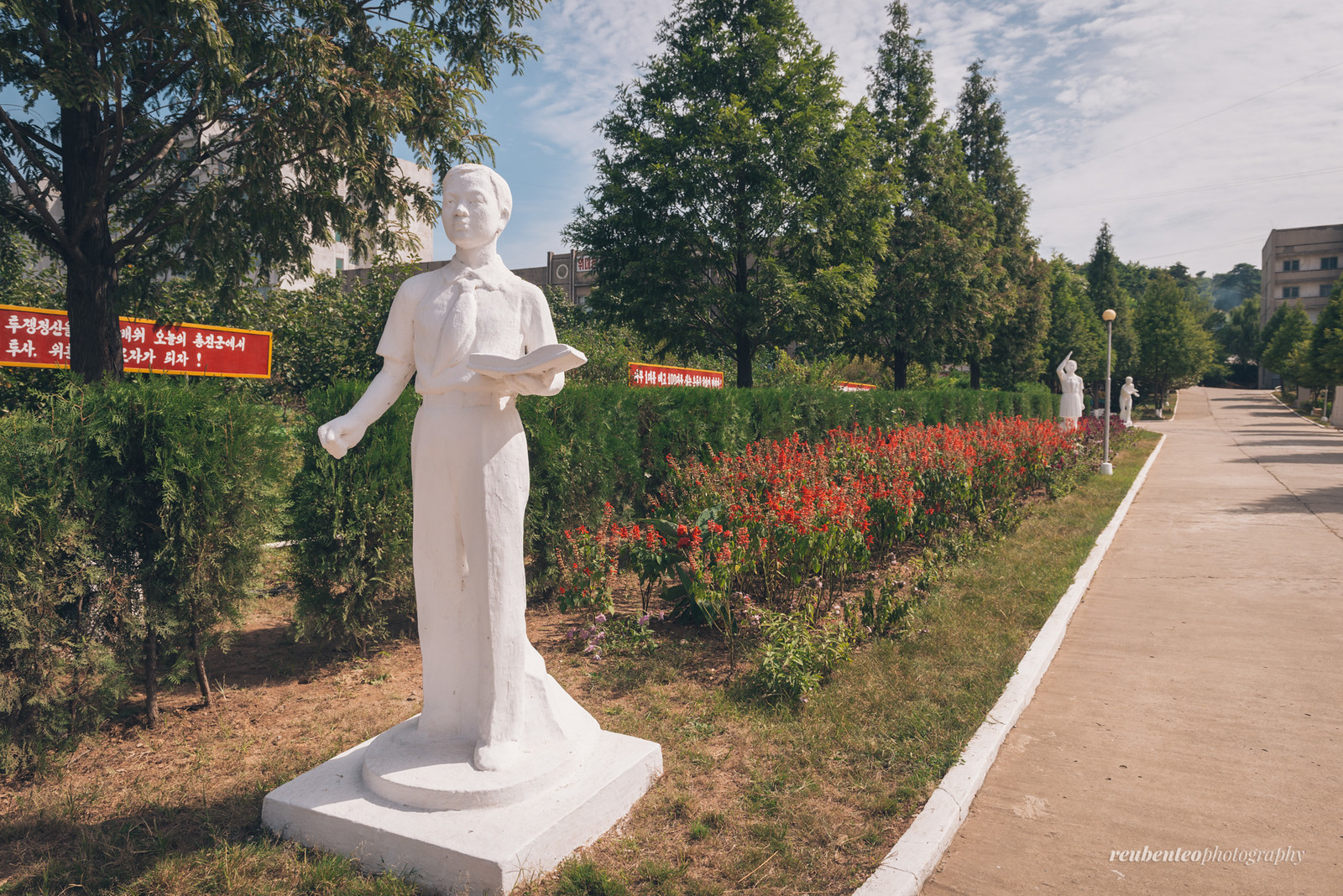

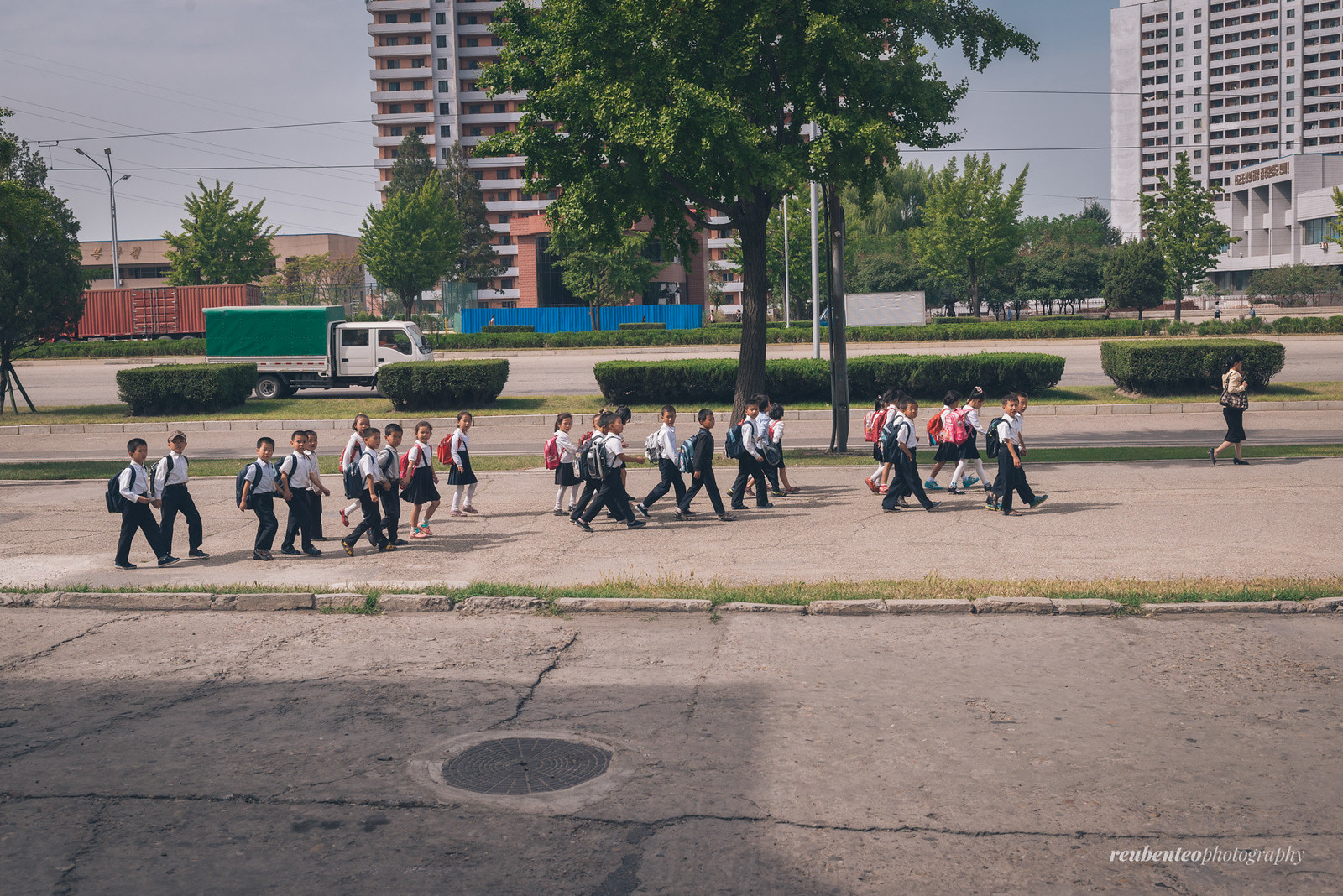
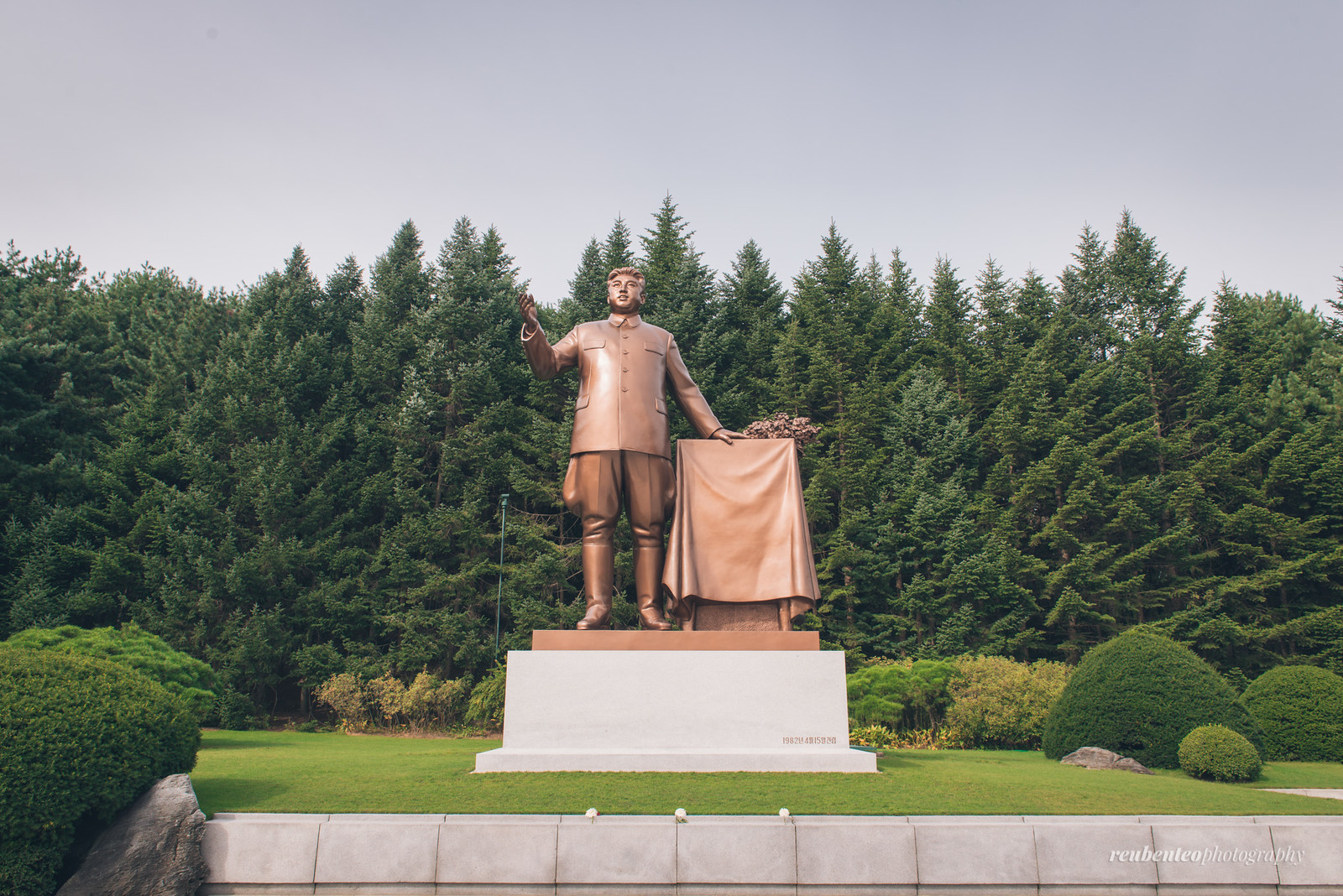
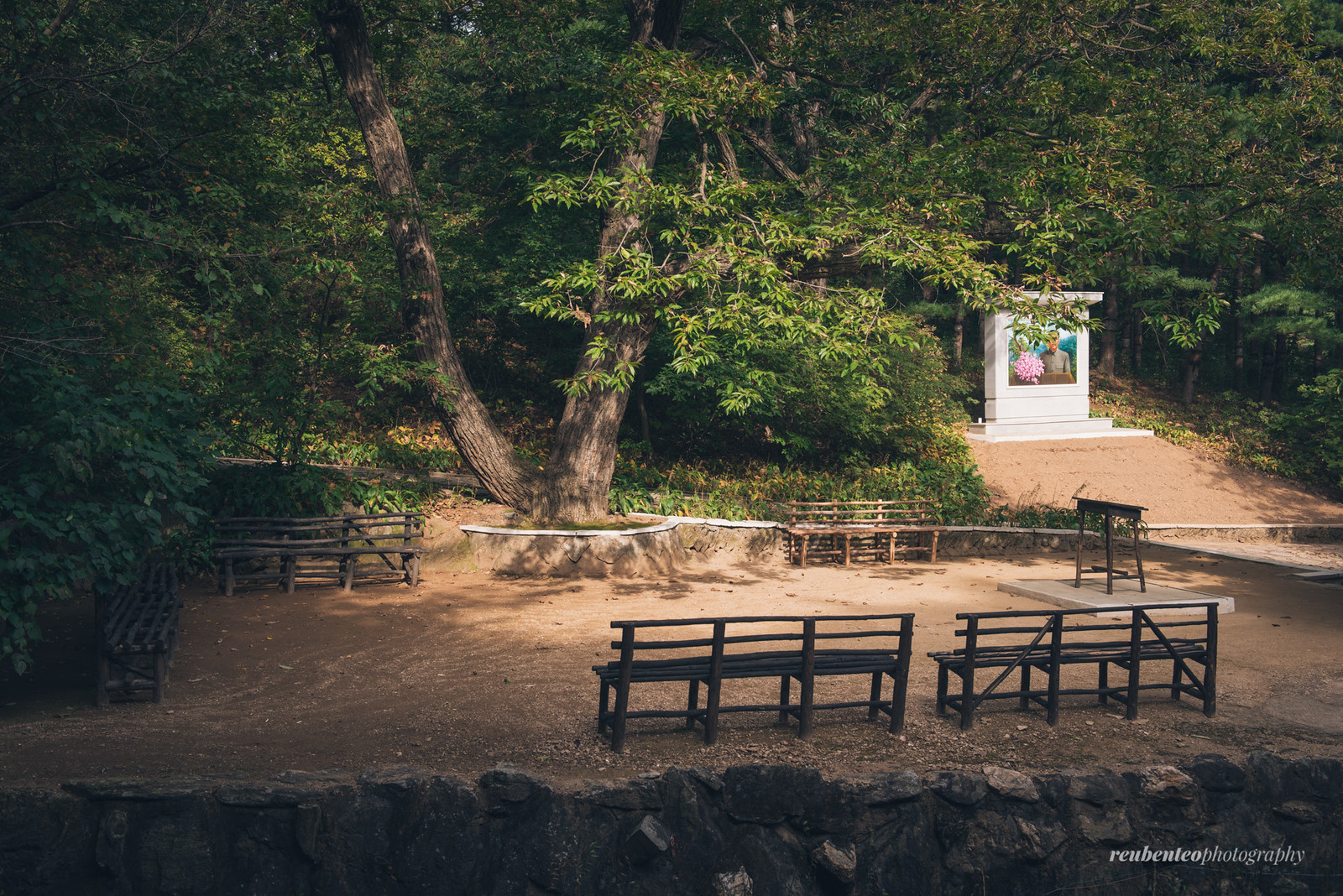
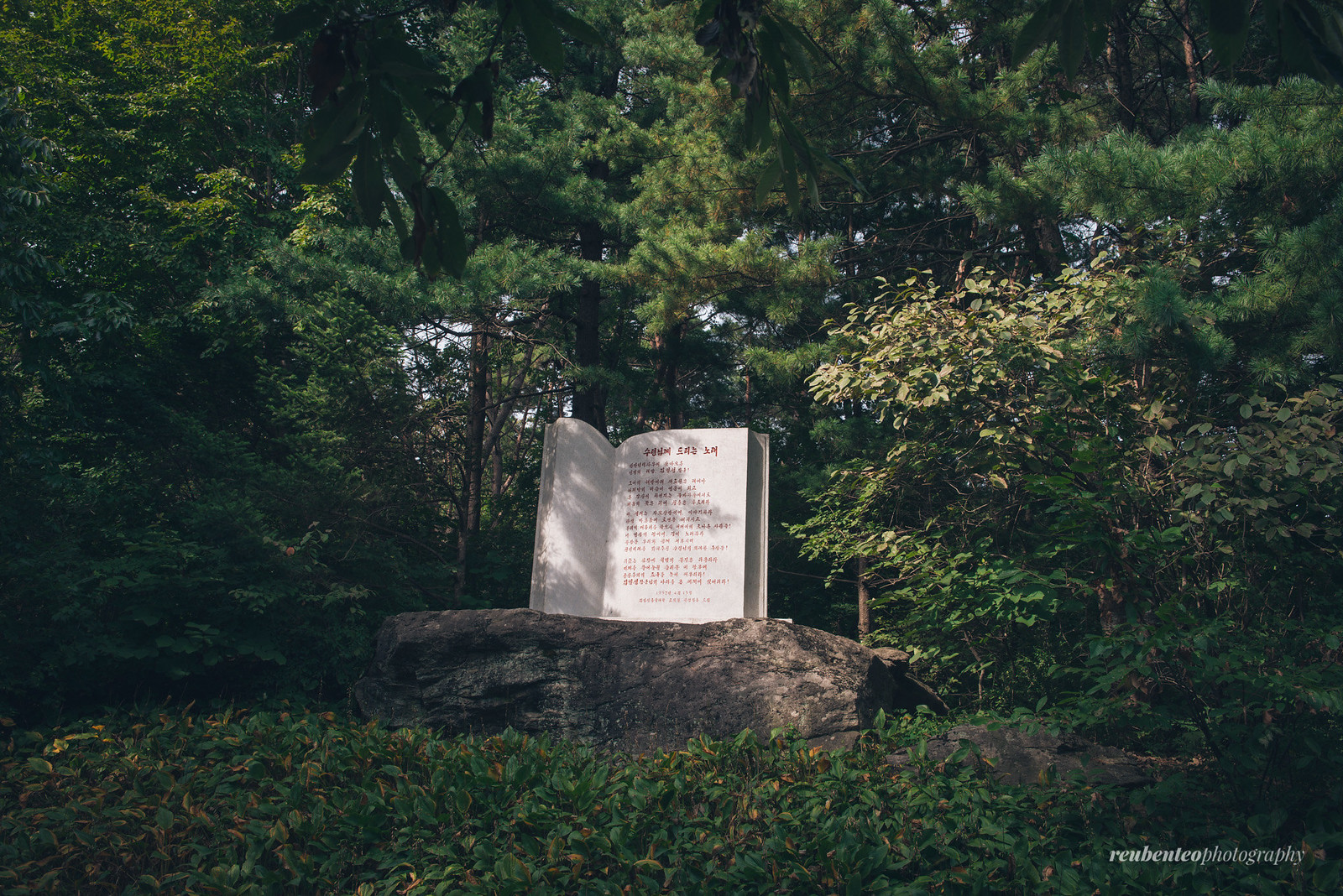
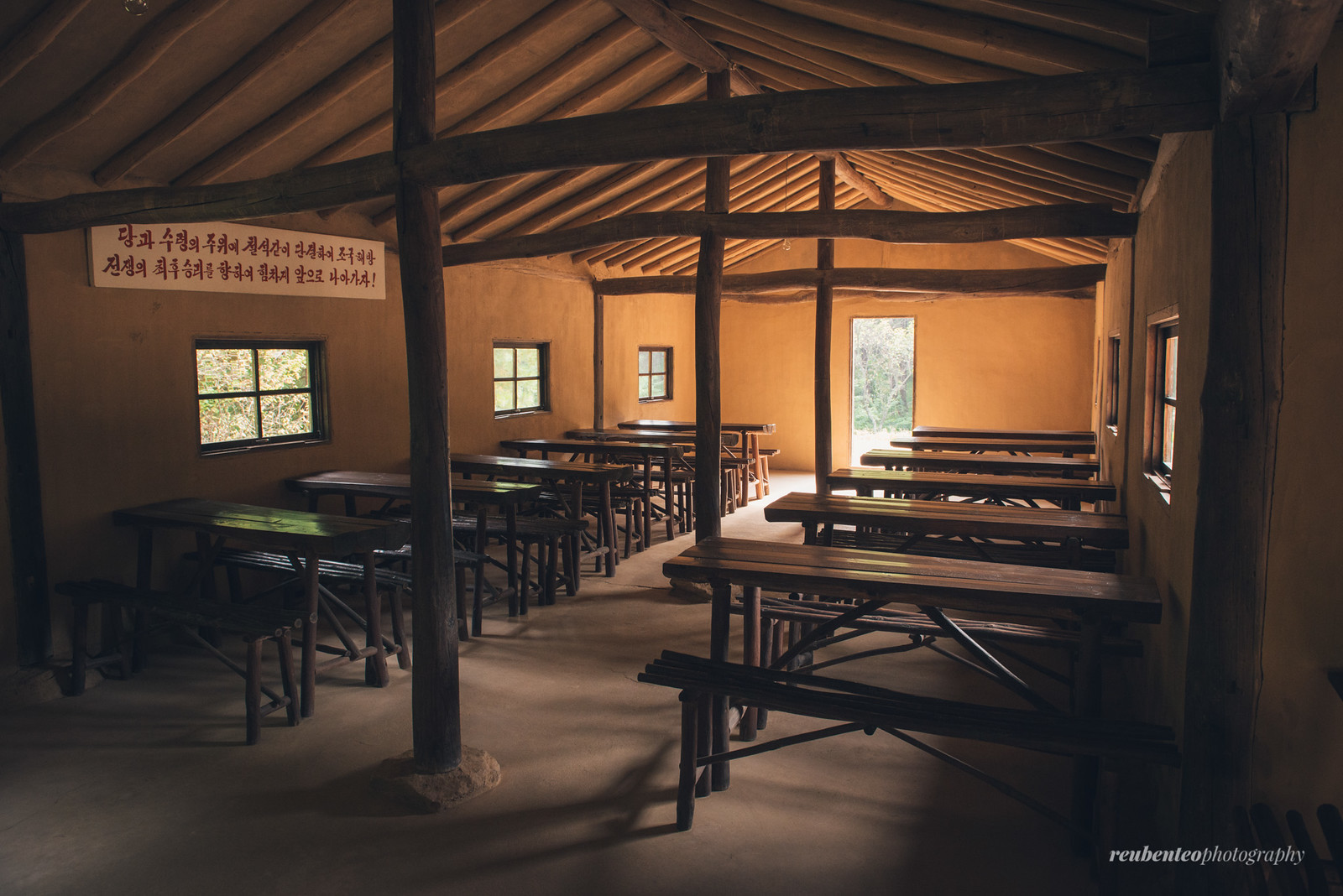
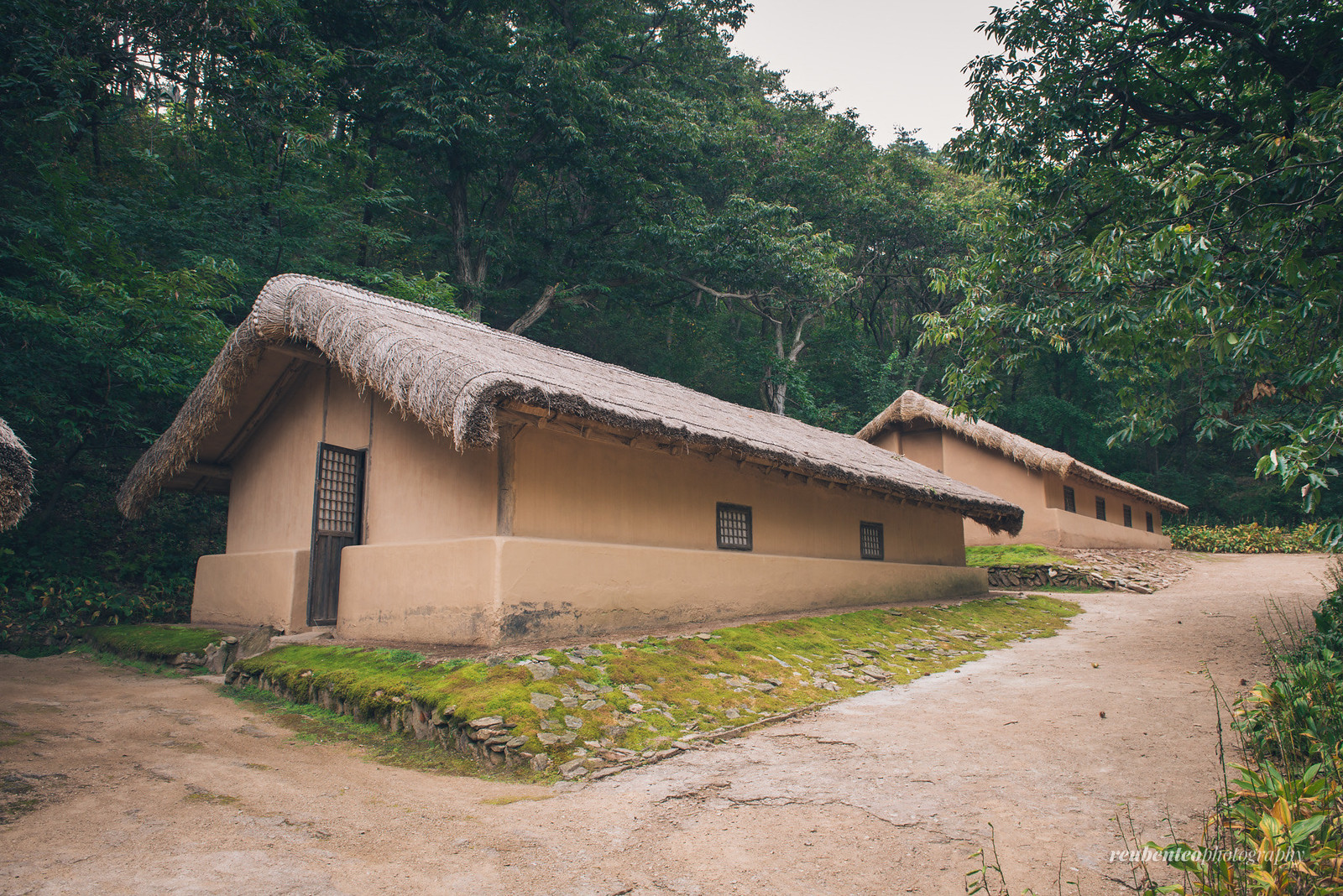
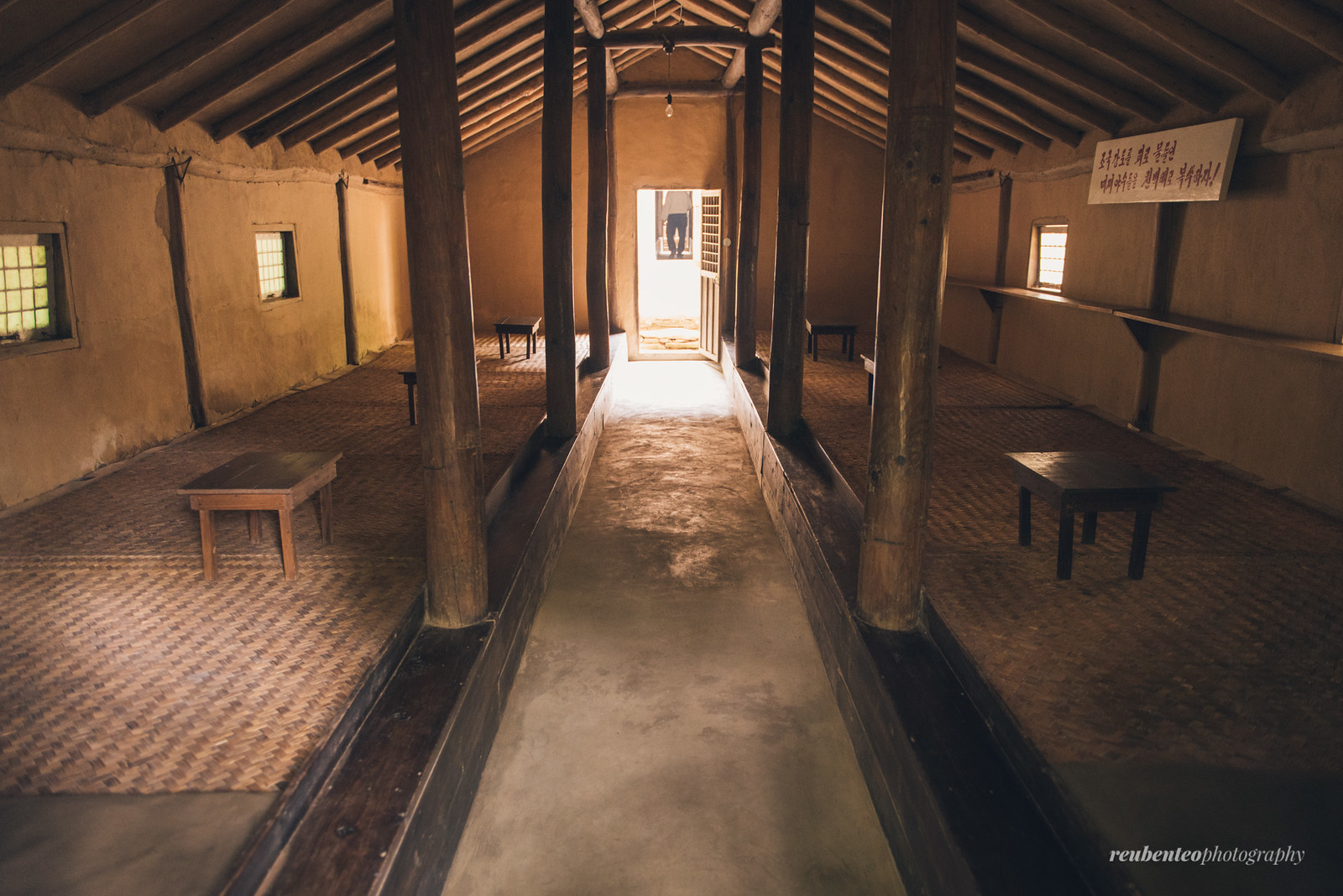
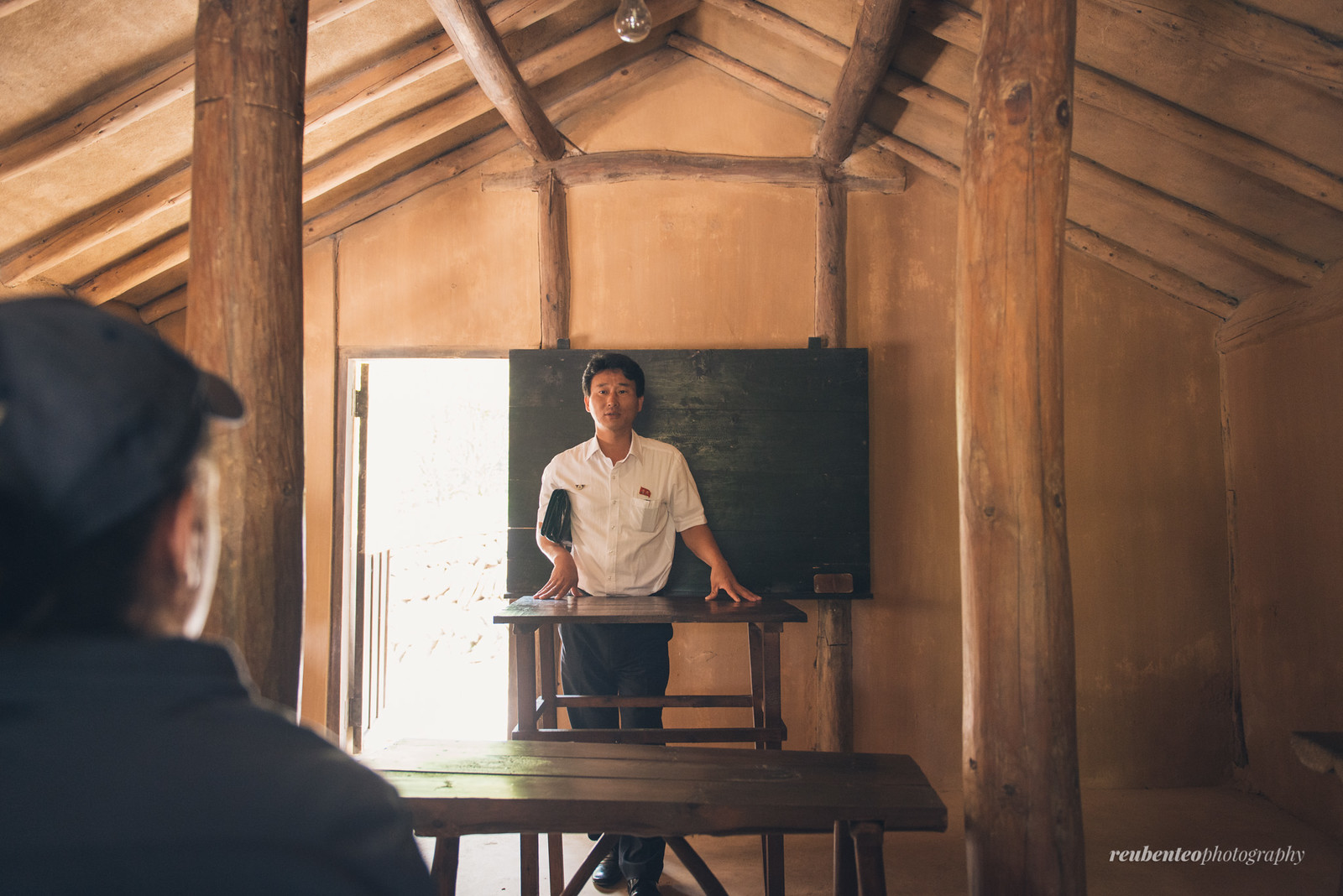
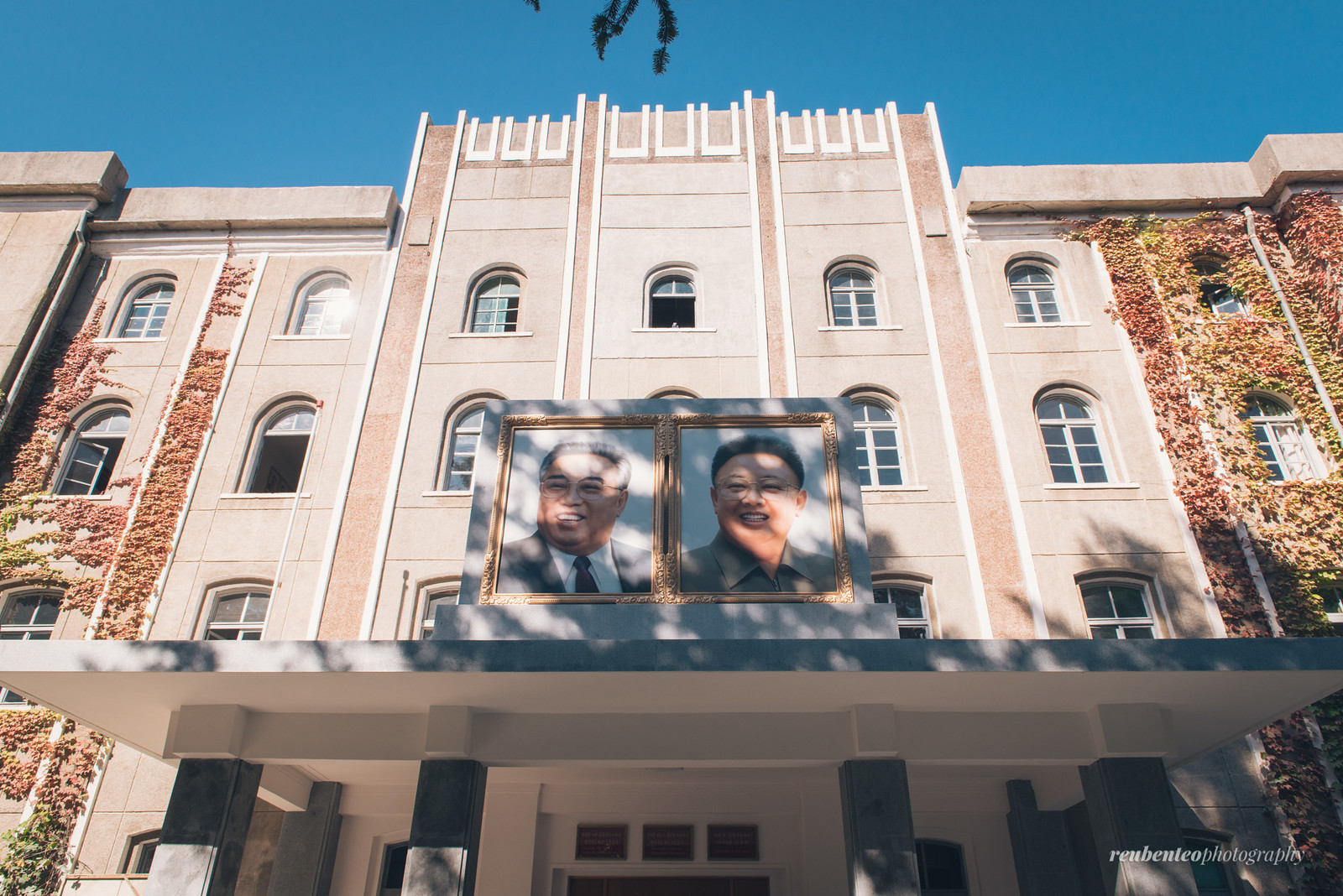
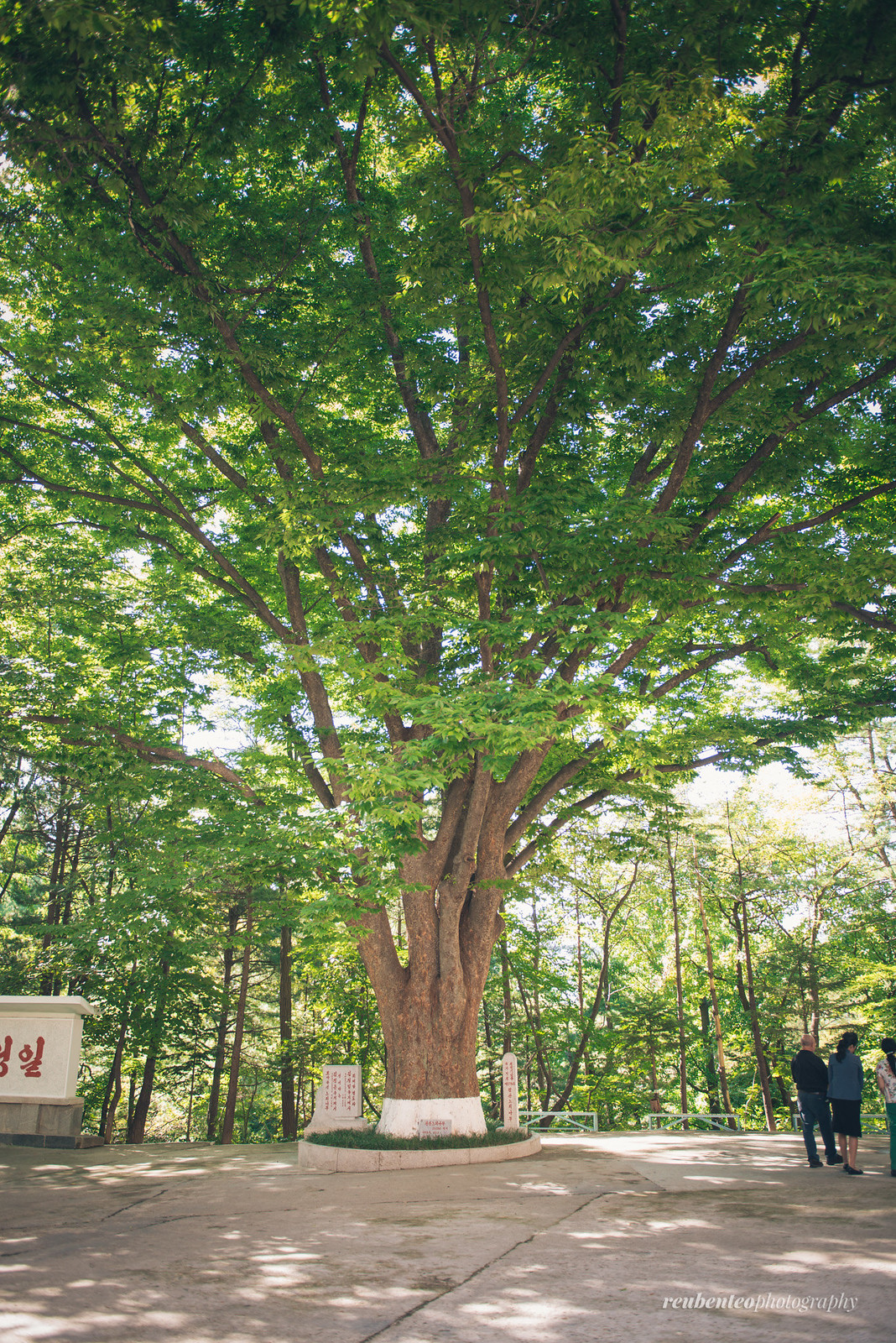

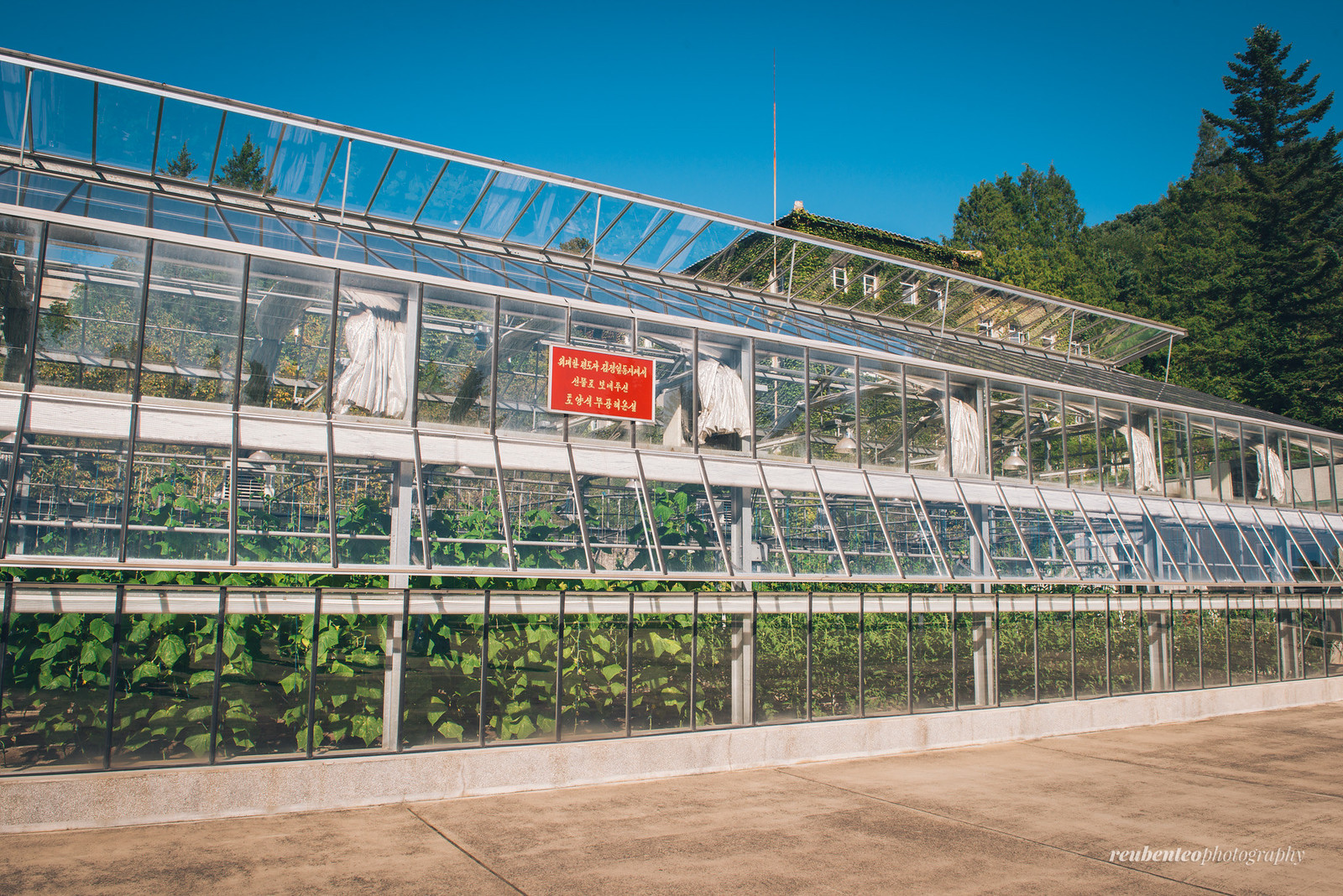
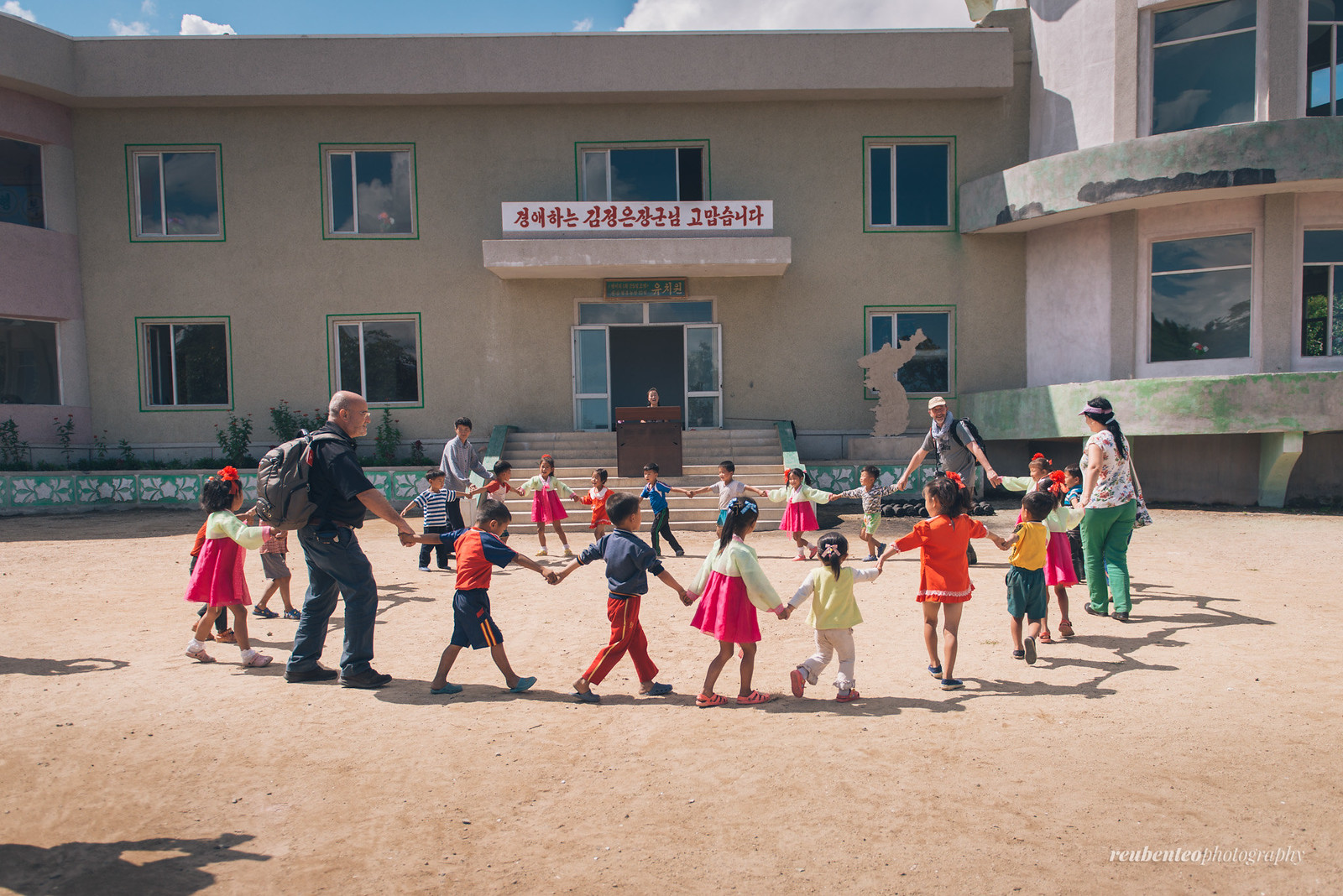
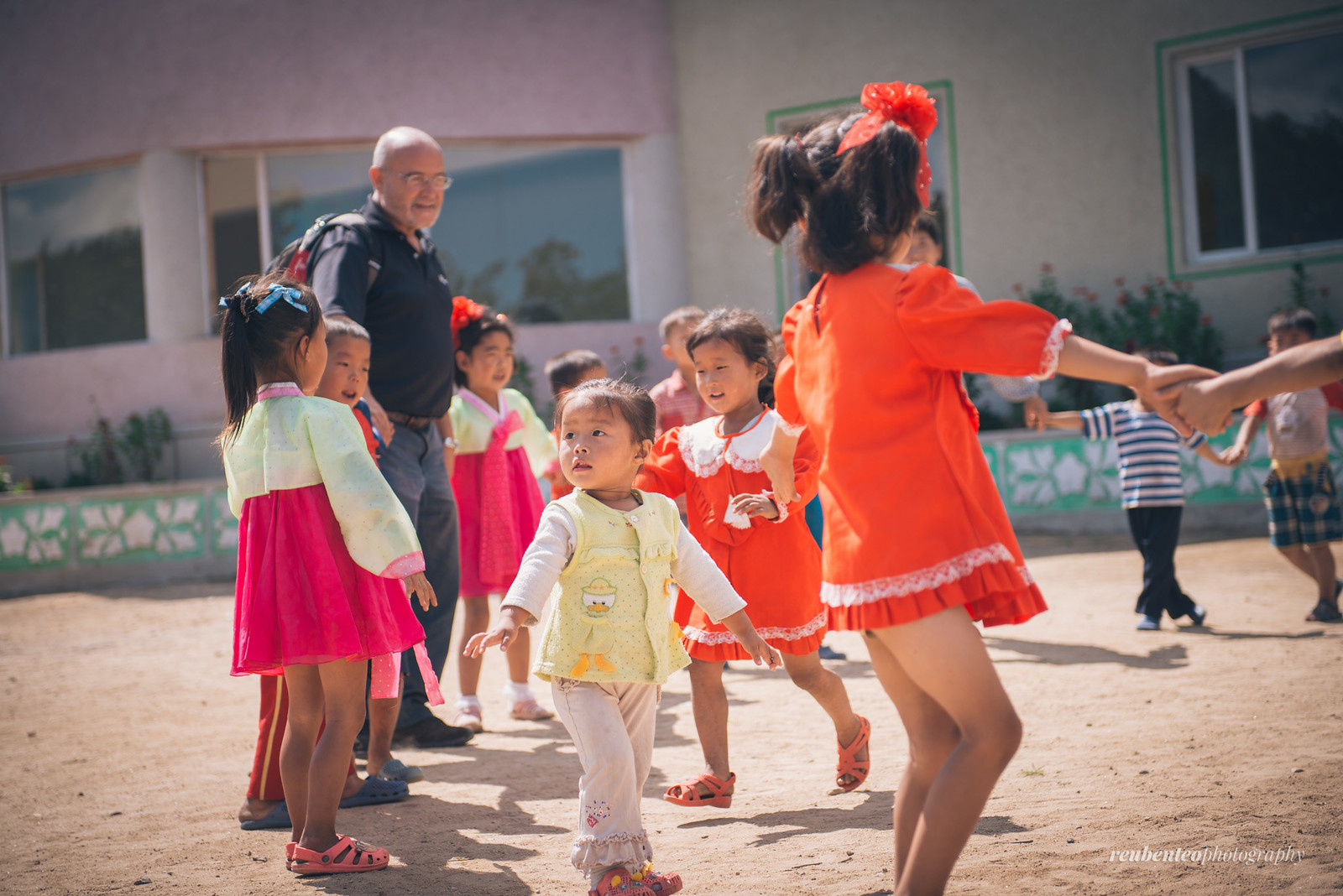


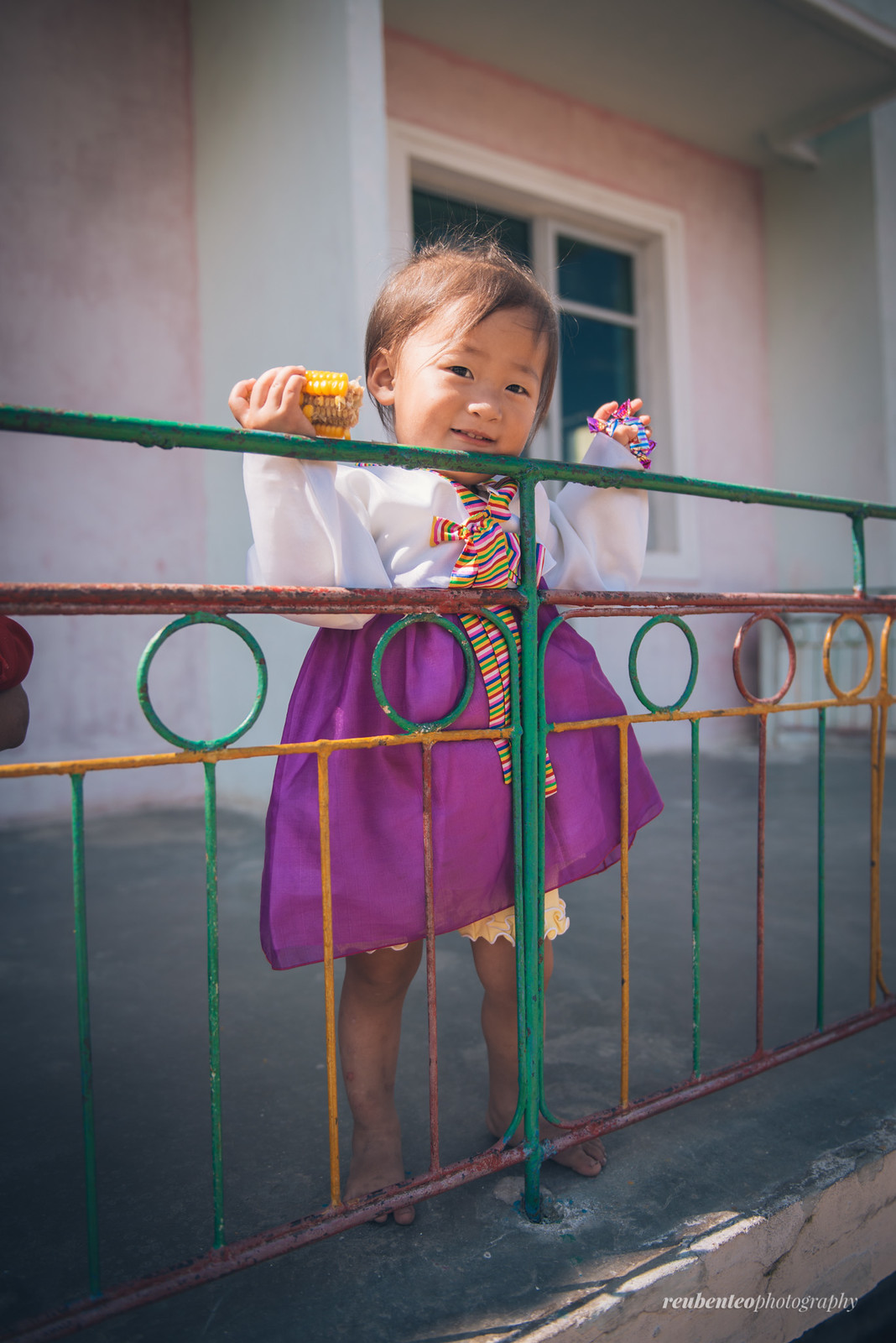
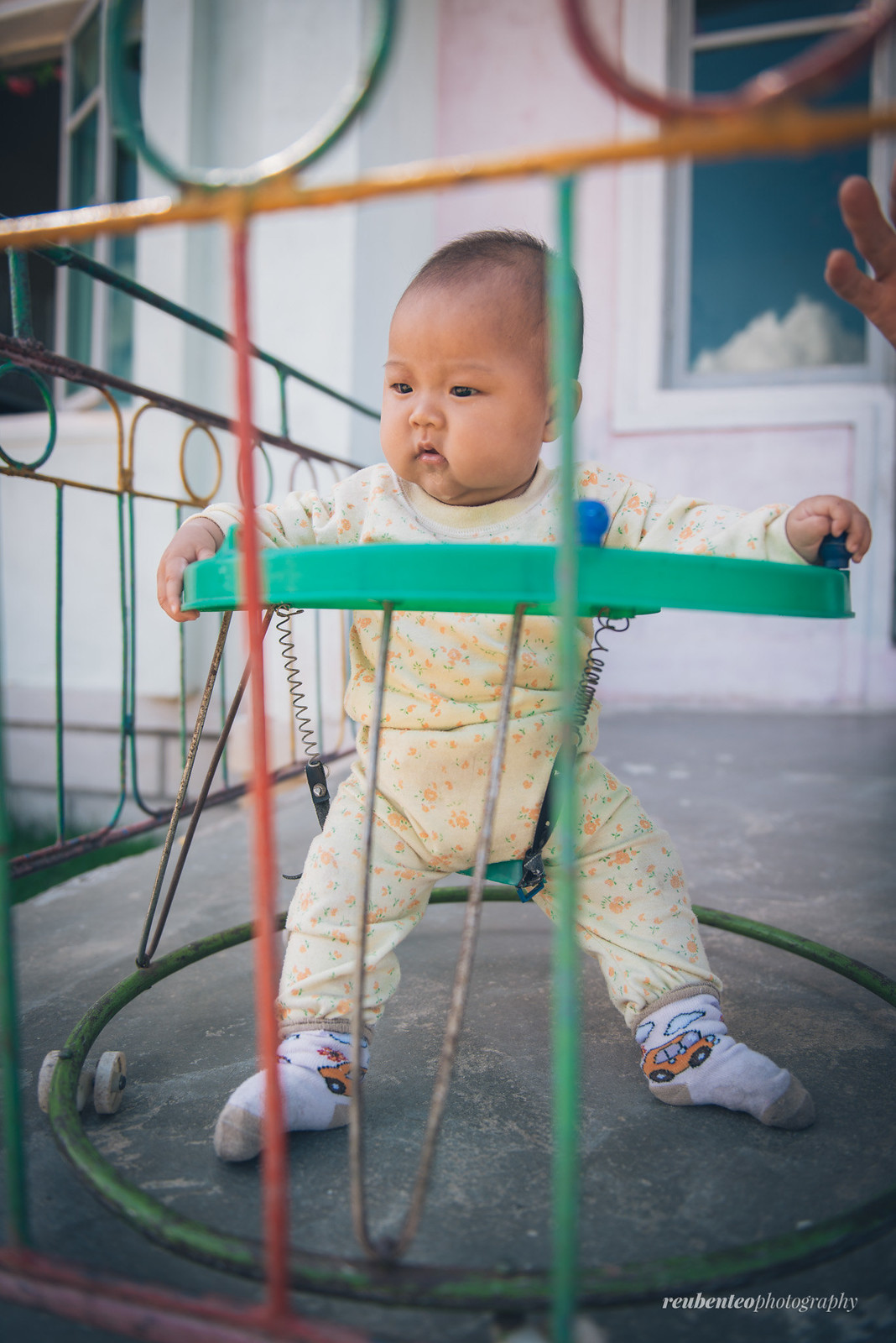

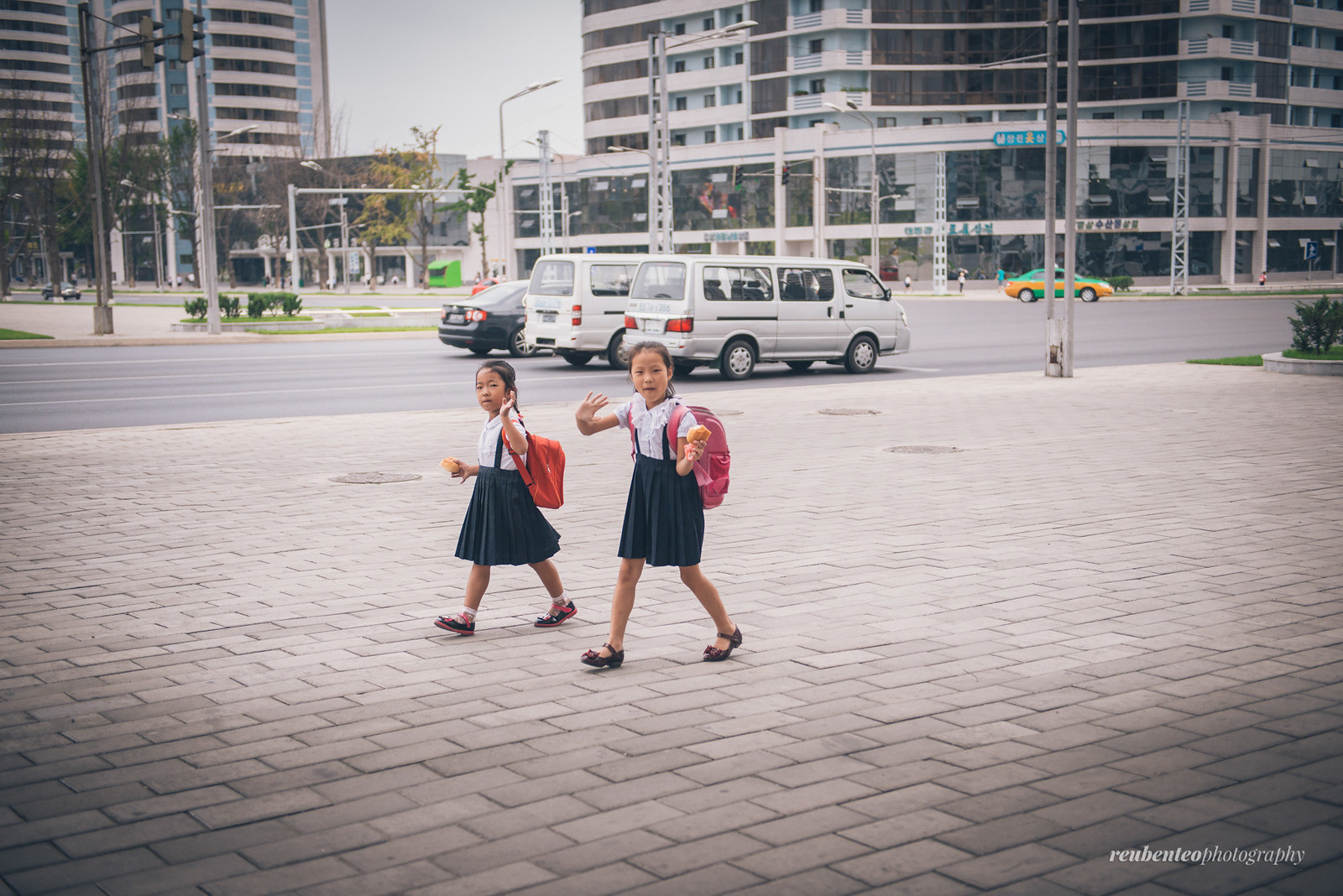
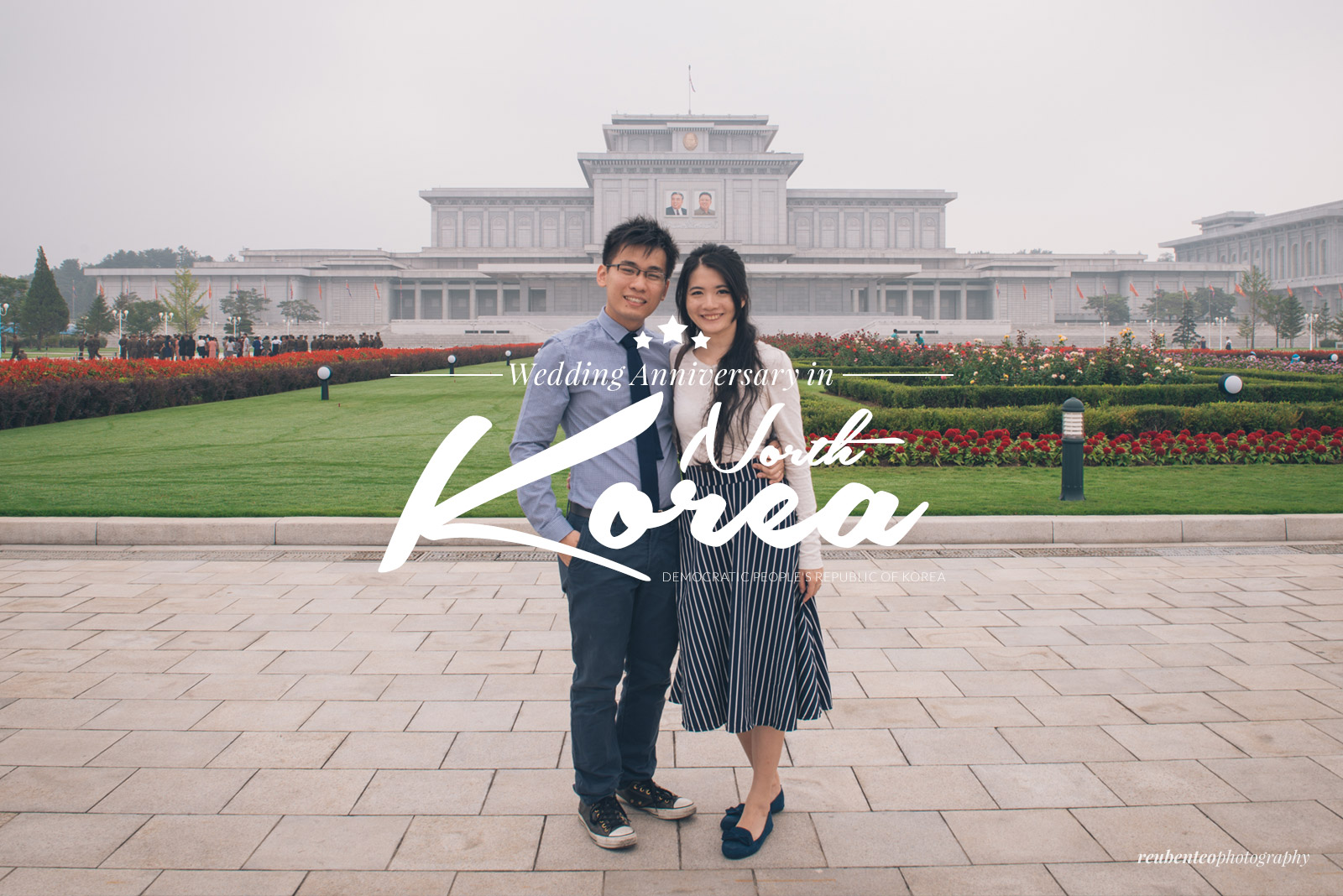


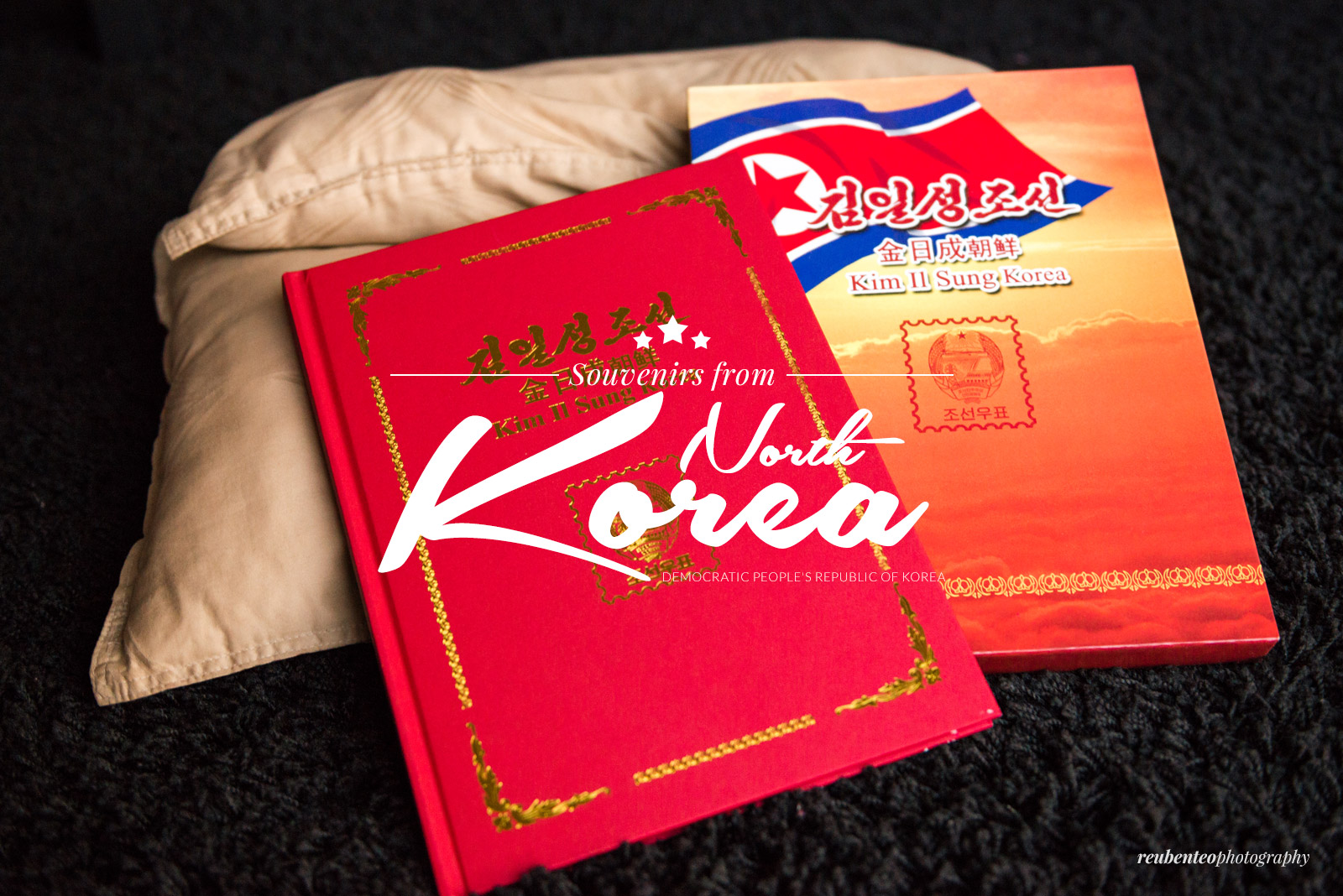
Leave a Comment